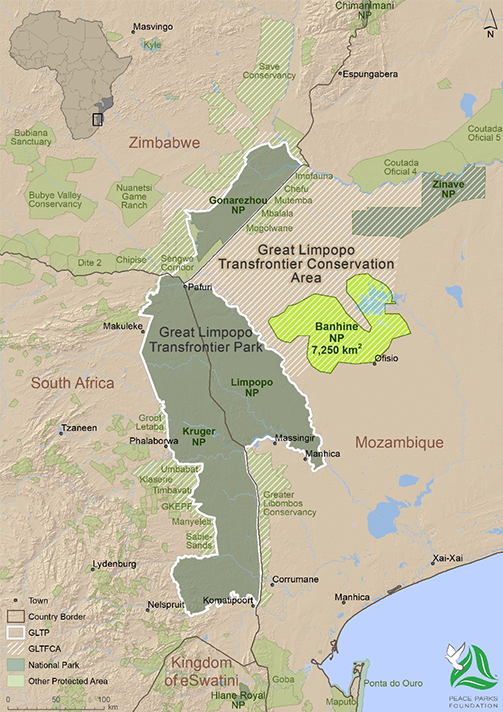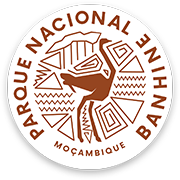
The history of Banhine National Park reflects the migration of people over centuries, with an early presence of Bushman and later Bantu speaking people and Arabic traders. During the Portuguese colonial period the area was known for its big game and hunting which tended to peak in the dry season when water was scarce.
Banhine was often referred to as the “Serengeti of Mozambique” because of the large numbers of zebra, wildebeest and eland that occupied its wide-open grasslands. However, from the early 1960's the capture of specimens such as Sable and Roan for international zoos, the commercial hunting and more recently subsistence hunting and limited management capacities reduced wildlife numbers and distribution.
In 2013, the park's boundaries were redefined to an area of 400,000 ha through Decree No. 88/13 of December 31. The excluded a number of community settlements that had been located within the former Park boundaries, thereby enabling improved better management and control of natural resources that would ensure the generation of income through development of sustainable tourism.
The Park was established in 1973 for conservation of semi-arid savannah environment fauna and flora and primarily for the protection of ostrich and giraffe. In 2013 the Park boundaries were re-aligned to exclude certain communities out of the core protected area.
The Parks was challenged during it’s early years with limited funding and it is only in the past few years that with funding support that the Park has been able to start to rebuild its foundations.
Banhine was often referred to as the “Serengeti of Mozambique” because of the large numbers of zebra, wildebeest and eland that occupied its wide-open grasslands. However, from the early 1960's the capture of specimens such as Sable and Roan for international zoos, the commercial hunting and more recently subsistence hunting and limited management capacities reduced wildlife numbers and distribution.
In 2013, the park's boundaries were redefined to an area of 400,000 ha through Decree No. 88/13 of December 31. The excluded a number of community settlements that had been located within the former Park boundaries, thereby enabling improved better management and control of natural resources that would ensure the generation of income through development of sustainable tourism.
The Park was established in 1973 for conservation of semi-arid savannah environment fauna and flora and primarily for the protection of ostrich and giraffe. In 2013 the Park boundaries were re-aligned to exclude certain communities out of the core protected area.
The Parks was challenged during it’s early years with limited funding and it is only in the past few years that with funding support that the Park has been able to start to rebuild its foundations.



